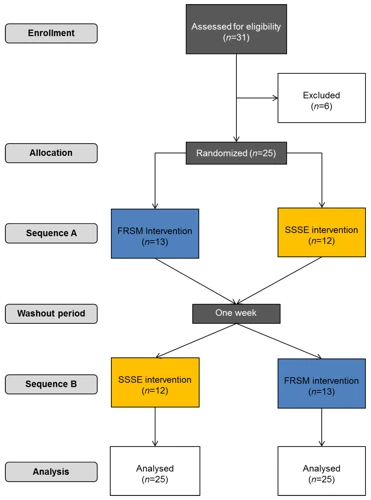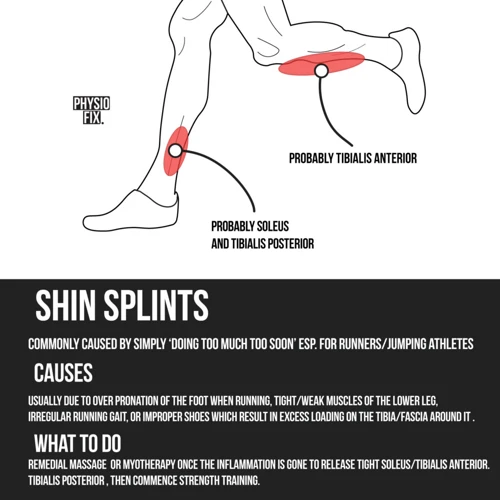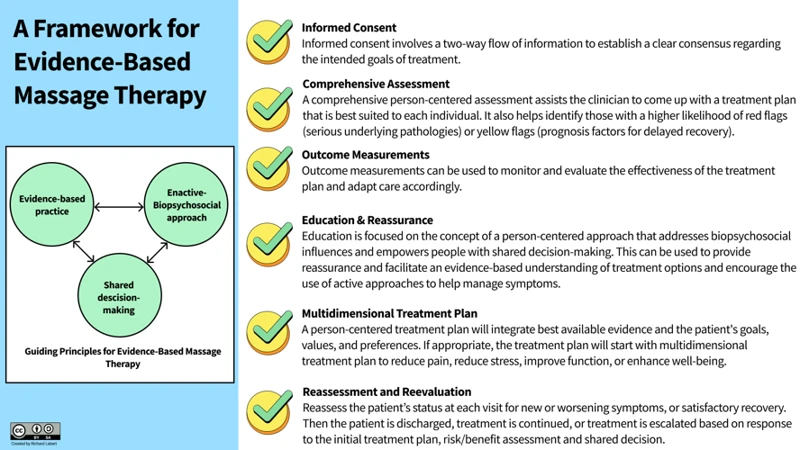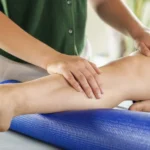Static loading in massage therapy is a technique that utilizes pressure to target specific areas of the body. It can be used to reduce pain and muscle tension, improve posture, and enhance circulation. This article will explore the benefits of static loading and how it can be integrated into your massage therapy routine. You’ll learn what static loading is, how it works, and how it can benefit you.
What is Static Loading in Massage Therapy?

Definition
Static loading is a massage technique that involves applying pressure to one area of the body for an extended period of time. This type of massage technique is often used to penetrate deeper into the muscle tissue, thereby providing a more intense massage experience. Static loading can also be used to target specific areas of the body, such as the neck, shoulders, or lower back, to provide relief from pain and tension.
Techniques
Static loading is typically done using either the palms of the hands or the thumbs and fingers. Pressure is applied to the area of the body being massaged and held in place for a few minutes before releasing. This allows the massage therapist to focus on specific areas of the body and to target deeper layers of muscle tissue. Static loading can also be used in combination with other massage techniques, such as Swedish massage or deep-tissue massage, to provide an even more effective massage experience.
Benefits of Static Loading

Improved Range of Motion
Static loading helps to improve the range of motion by elongating the soft tissues and allowing them to relax. This helps to reduce tension in the muscles and tendons, leading to a more comfortable and efficient movement pattern.
Reduced Pain
Static loading can reduce pain by targeting the underlying cause of the pain. By targeting the muscles, tendons, and ligaments, static loading helps to reduce the tension that can cause pain and discomfort.
Improved Posture
Static loading can help to improve posture by releasing tension in the soft tissues and allowing them to relax. This helps to reduce strain on the muscles and joints, leading to a more balanced and comfortable posture.
Increased Circulation
Static loading can help to increase circulation by targeting the underlying cause of poor circulation. By targeting the muscles, tendons, and ligaments, static loading helps to reduce tension and improve blood flow, leading to improved circulation.
Disadvantages of Static Loading

- Time-consuming: Static loading requires a longer period of time to be effective. It can take up to 15 minutes to get the desired results.
- Inconvenient: Static loading can be inconvenient to perform, especially when in a public place. As it requires the person to hold certain positions for a certain amount of time, it can be difficult to do in a public environment.
- Injuries: Static loading can lead to injuries if not done properly. If the person applies too much pressure on the body, it can result in musculoskeletal injuries.
- Limited Range of Motion: Static loading does not allow for a full range of motion and can limit the range of motion of the person performing the massage.
- Inconsistent Results: The results of static loading can be inconsistent. Different people may have different results, even when using the same amount of pressure.
Safety Precautions

| Step | Safety Precaution |
|---|---|
| 1 | Know your limits: To ensure your safety, you should be aware of your physical limits and adjust the intensity of the massage accordingly. |
| 2 | Take breaks: It is important to take breaks in between your massage sessions to avoid overworking your body. |
| 3 | Consult your doctor: If you have any medical condition or injury, it is important to consult your doctor before starting a massage therapy routine. |
| 4 | Warm up: Make sure to stretch your body and warm up before engaging in a massage session to avoid any injuries. |
| 5 | Use proper equipment: Use quality massage tools and ensure that the massage table and chair are stable and properly secured. |
How to Incorporate Static Loading into Your Massage Therapy Routine
- Identify Problem Areas: Identify areas of the body that have been injured or are prone to tension. Static loading can help with relieving discomfort in these areas.
- Apply Pressure: Apply a gentle, constant pressure to the identified areas. The pressure should feel comfortable, not too much and not too little.
- Hold Until Relaxed: Hold the pressure for 10-30 seconds, or until the area begins to feel relaxed. Avoid holding for too long, as this can cause further tension.
- Release and Repeat: Once the area is relaxed, release the pressure and repeat on different areas of the body. The number of repetitions can vary, depending on the individual.
Static loading can be an effective technique to incorporate into your massage therapy routine. It can help to reduce tension and improve muscle strength, while providing relief to areas of the body that have been injured or are prone to tension. By taking the time to identify problem areas, apply pressure, hold until relaxed, and repeat, you can effectively incorporate static loading into your massage therapy routine.
Frequently Asked Questions
What is Static Loading?
Static loading is a massage technique where pressure is applied to specific muscle groups by holding light to moderate tension for an extended period of time. The aim of this technique is to increase blood flow to the muscle, improve joint mobility, and reduce tension and pain. Static loading has been found to be an effective treatment for chronic pain, muscle spasms, and tension headaches. It can also be used as part of a pre- or post-workout massage to improve flexibility and reduce fatigue.
What are the Benefits of Static Loading for Massage Therapy?
- Reduce Pain and Increase Mobility: Static loading helps to reduce pain and increase mobility by providing a deep and more targeted massage. It also helps to improve circulation, relax muscles, and promote healing.
- Improve Blood Circulation: Static loading helps improve blood circulation by increasing the flow of oxygen and nutrients to the area being massaged. This helps to reduce inflammation, improve healing time, and reduce pain.
- Reduce Stress: Static loading helps to alleviate stress and tension by providing a therapeutic massage. This helps to relax the body and mind, which helps to reduce stress.
- Improve Flexibility and Range of Motion: Static loading helps to improve flexibility and range of motion by increasing the range of motion of the joints and muscles. This helps to improve posture, balance, and coordination.
- Increase Muscle Strength: Static loading helps to increase muscle strength by relaxing the muscles and increasing the range of motion. This helps to improve performance in activities such as running, climbing, and strength training.
Are There Any Risks Associated With Static Loading?
Static loading has been deemed a safe and effective form of massage therapy for most people. However, it is important to consider any potential risks associated with static loading, such as over-stretching, muscle strain, and poor form. It is important to practice static loading under the supervision of a qualified massage therapist, and to follow instructions carefully to reduce the risk of injury.
How often should static loading be done in a massage therapy routine?
Static loading should be done during a massage therapy session at least once per session. Depending on the client’s needs and the therapist’s discretion, a static load can be used more frequently.
- Static loading can be used to increase circulation and reduce muscle tension.
- It can also be used to increase range of motion and reduce pain.
- Static loading can be applied to a single muscle group or across multiple muscle groups.
- It can be done before, during, and after massage.
- Static loading should be done for no more than 30 seconds at a time.
Static loading should be done with the client in a relaxed position and the therapist should use minimal pressure. The therapist should also communicate with the client throughout the session to ensure that the static loading is comfortable.
What body parts can static loading help improve?
- Spine: Static loading can help improve range of motion in the spine and reduce pain caused by compressed vertebrae.
- Legs: Static loading can help strengthen the muscles of the legs, as well as increase flexibility and joint stability.
- Shoulders: Static loading can help improve shoulder mobility, as well as reduce pain associated with rotator cuff tendonitis.
- Hips: Static loading can help improve hip mobility and reduce pain associated with hip injuries.
- Arms: Static loading can help improve arm mobility and reduce pain associated with rotator cuff tendonitis.
- Neck: Static loading can help improve neck mobility and reduce pain associated with neck injuries.
Conclusion
Static loading can be an effective way to enhance your massage therapy routine. It increases blood flow and circulation, helps reduce pain and inflammation, and helps reduce stress and tension. When used properly, it can help improve your overall health and wellbeing. Be sure to consult with your massage therapist before incorporating static loading into your routine.










